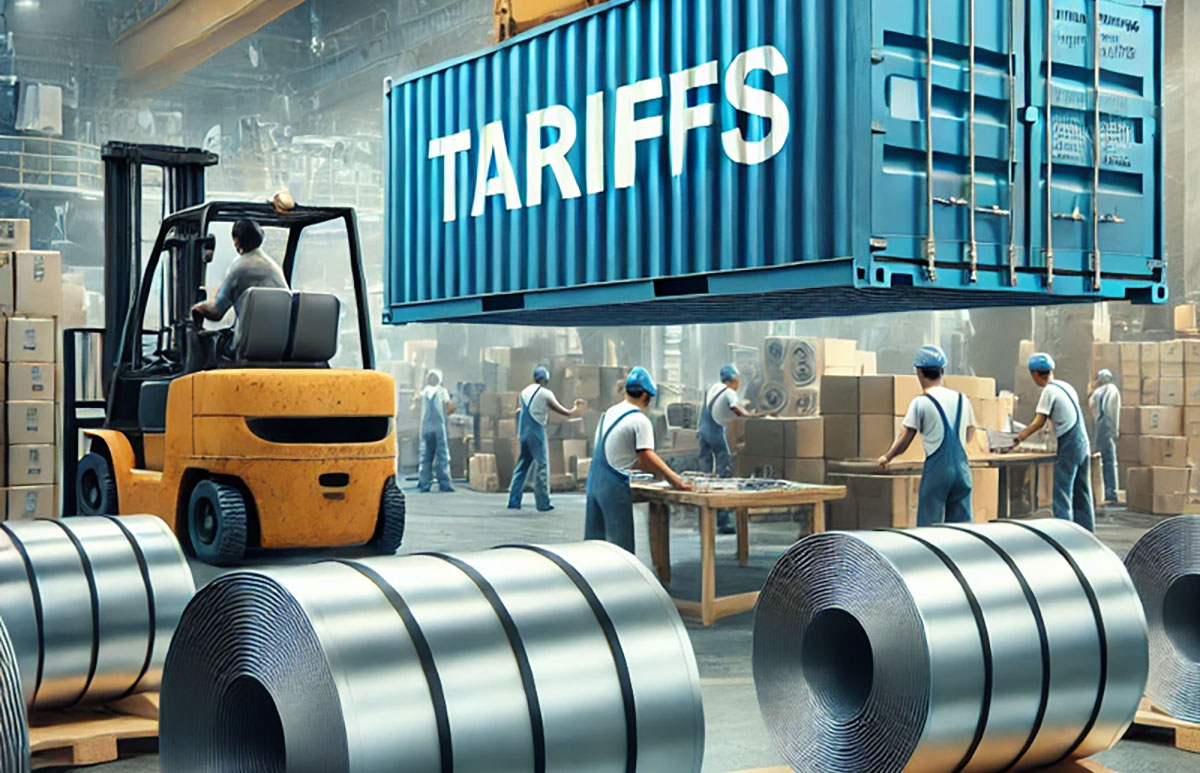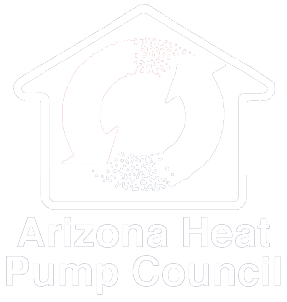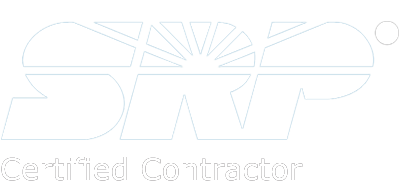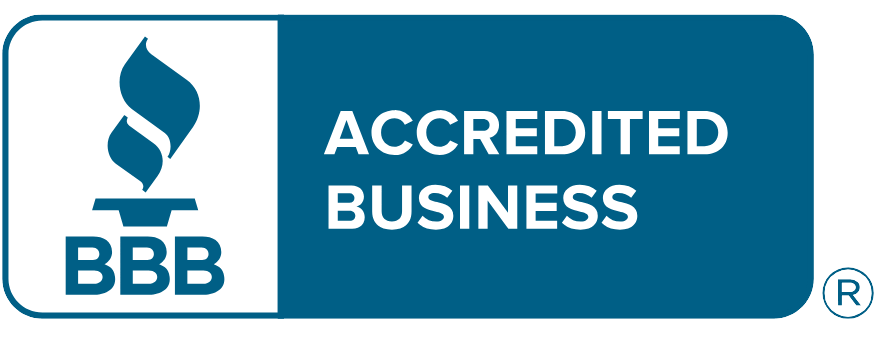On February 9, 2025, President Donald Trump announced plans to implement a 25% tariff on all steel and aluminum imports into the United States, effective March 12, 2025. This decision marks a significant shift in U.S. trade policy, aiming to bolster domestic metal industries but also raising concerns across various sectors, including Heating, Ventilation, Air Conditioning, and Refrigeration (HVACR).
Background of the Tariffs
The newly announced tariffs are an extension of previous measures. In his first term, President Trump imposed tariffs of 25% on steel and 10% on aluminum imports. These were later adjusted, with certain trading partners receiving duty-free exemptions. The current policy reinstates and expands these tariffs, applying them universally without exemptions. Commerce Secretary-Designate Howard Lutnick indicated that the new tariffs could be implemented as soon as April, aiming to balance trade and counteract existing disparities.
Implications for the HVACR Industry
The HVACR sector is particularly sensitive to fluctuations in steel and aluminum prices, as these metals are fundamental components in manufacturing equipment such as air conditioners, heat pumps, and furnaces. The introduction of these tariffs is poised to have several impacts:
- Increased Production Costs: With a 25% tariff on imported metals, manufacturers will face higher raw material costs. This surge is likely to cascade through the supply chain, resulting in elevated prices for HVACR equipment and components. Industry experts have noted that many HVACR items are imported from countries like China, and the tariffs will lead to increased prices for contractors and consumers already grappling with inflation.
- Supply Chain Disruptions: The global nature of HVACR manufacturing means that components are often sourced from multiple countries. Major manufacturers, including Carrier, Daikin, Lennox, and Trane, have production facilities in Mexico and receive components from China. The tariffs may disrupt these established supply chains, leading to potential delays and shortages. The Air Conditioning Contractors of America (ACCA) has expressed concerns that these tariffs will create additional cost and supply chain issues for contractors.
- Price Increases for Consumers: As manufacturers incur higher costs, these expenses are expected to be passed down to consumers. Homeowners and businesses planning to install or upgrade HVACR systems may face steeper prices. Some industry observers suggest that acting promptly to secure equipment at current prices could mitigate the financial impact, as future costs are anticipated to rise.
Global Trade Relations and Retaliatory Measures
The imposition of these tariffs has elicited responses from international trading partners. China, for instance, announced retaliatory tariffs of 15% on coal and liquefied gas, and 10% on crude oil, pickup trucks, and agricultural machinery, effective February 10, 2025. These measures reflect escalating trade tensions that could further complicate the economic landscape for industries reliant on global supply chains.
Additionally, President Trump has ordered reciprocal tariffs on nations he claims treat U.S. imports unfairly, targeting countries such as the European Union, India, and Japan. This initiative aims to balance trade by matching existing tariff rates levied by each country, potentially leading to rapid tariff impositions unless countries adjust their trade policies.
Industry Response and Future Outlook
The HVACR industry is actively assessing strategies to navigate the challenges posed by these tariffs. Some potential approaches include:
- Diversifying Supply Chains: Manufacturers may seek alternative sources for raw materials, possibly turning to domestic suppliers or countries not subject to tariffs.
- Adjusting Production Practices: Investing in new technologies or processes that reduce reliance on imported metals could be a consideration.
- Advocacy and Negotiation: Industry groups may engage with policymakers to discuss the specific impacts of tariffs and explore potential exemptions or adjustments.
While the intent of the tariffs is to protect and invigorate domestic industries, the broader economic implications underscore the complexity of global trade relations. Stakeholders within the HVACR sector and beyond will need to stay informed and adaptable as the situation evolves.






